Having now kept three clean sheets from their opening three Premier League games, Jack Lusby assesses how Liverpool’s defence have improved in 2015/16.
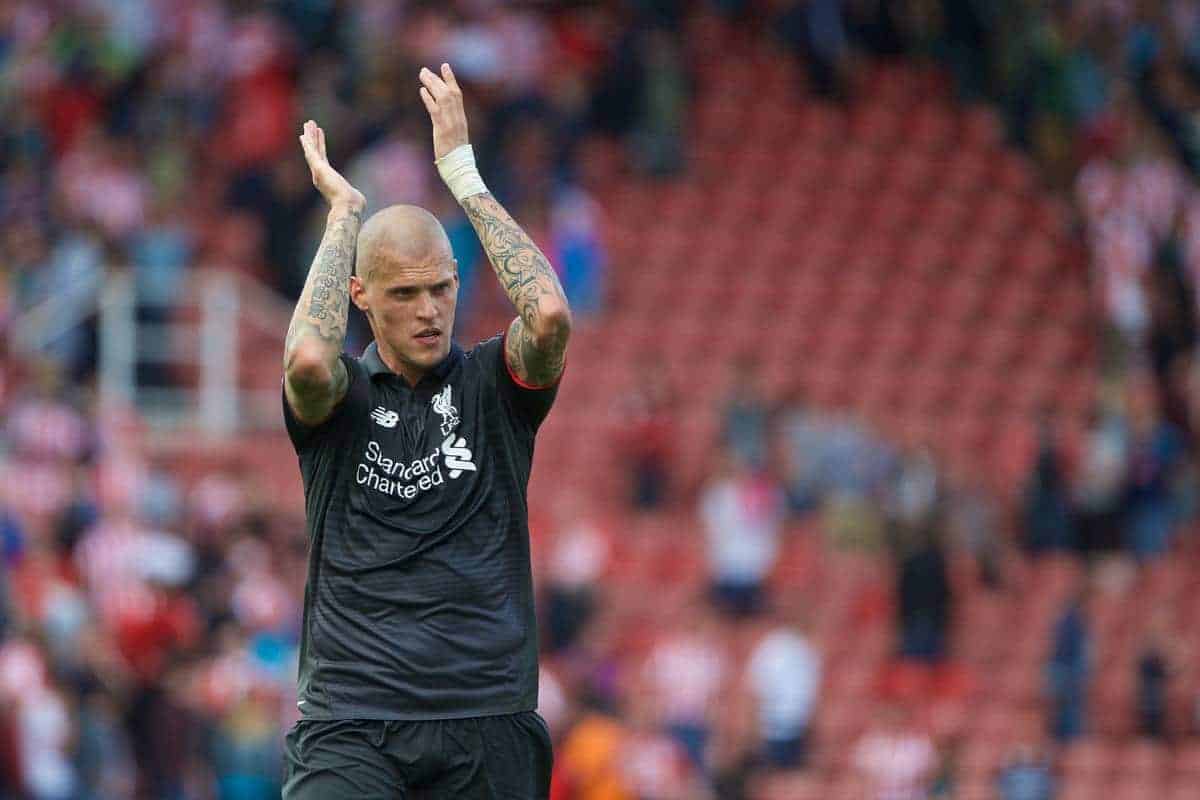
Three games into the new Premier League season, Liverpool are one of only three sides yet to concede a goal.
Wins over Stoke City and AFC Bournemouth and a 0-0 draw away to Arsenal have heralded three clean sheets for Brendan Rodgers’ side, and their improvement in defence has been remarkable.
But how have Liverpool improved their rearguard efforts for the 2015/16 campaign?
Here are five key reasons.
Simon Mignolet‘s Simpler Approach
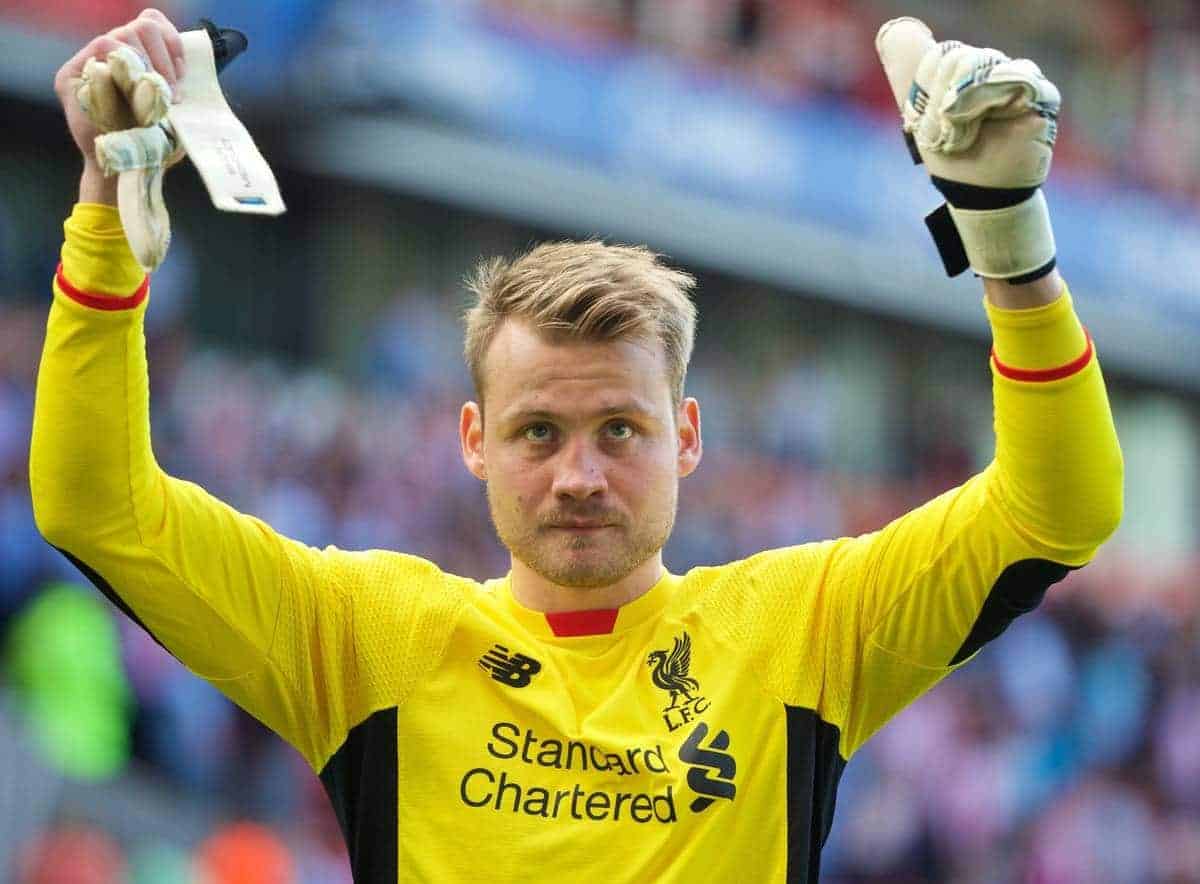
When Simon Mignolet returned from exile midway through 2014/15 his approach to distribution was markedly different.
With Rodgers seemingly casting aside his play-it-at-all-costs philosophy of possession in defence, Mignolet was seen clearing his lines and looking for a direct outlet rather than passing it short to his shaky back line.
This coincided with an improvement in Liverpool’s defensive work, and this has continued this season:
Simon Mignolet averages – long balls, short balls & passing accuracy per 90 minutes (Premier League):
13/14 – 15; 12.7; 64.5%
14/15 – 15; 10; 61.9%
15/16 – 21; 6; 58%
In the first three games of 2015/16, Mignolet has attempted almost 50 percent more long passes than in the previous two campaigns on Merseyside, and over 50 percent fewer short passes than in his first season under Rodgers.
This has seen a drop in his accuracy, but as three clean sheets attest, it has helped improve Liverpool’s defensive record.
The centre-backs are under less immediate pressure, and Mignolet is reducing to a shot-stopping, custodian role in goal—his point-blank save to deny Olivier Giroud against Arsenal is the perfect example of his success in this role.
A Full Pre-Season for Dejan Lovren
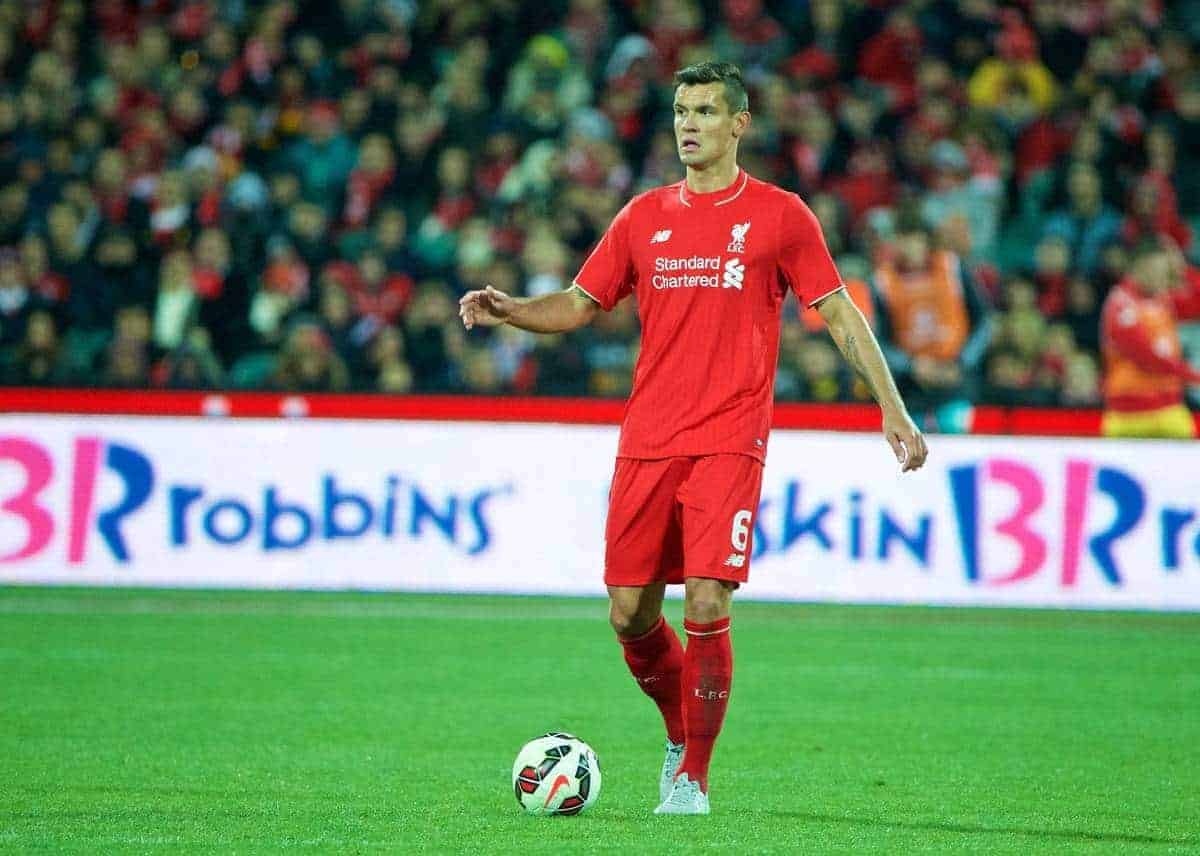
“For me it’s important because I didn’t have a pre-season here last year when I came to Liverpool,” Dejan Lovren explained during Liverpool’s pre-season tour of the Far East and Australia.
“It’s important for me to have a full one, give 100 percent and be fit enough for the first game.
As was made abundantly during a tumultuous 2014/15 campaign, Lovren is very much a confidence player.
The Croatian was happy to watch the game play out in front of him last season, abandoning the front-footed approach that endeared him to Rodgers during his time at Southampton.
For better or worse, Rodgers has stuck by his £20 million man, leaving Mamadou Sakho in the lurch, and this has seen Lovren improve immeasurably.
His aggressive performance in the season opener against Stoke set the tone, and he has surprisingly looked the more comfortable of Rodgers’ centre-backs so far this season.
Lovren’s aerial ability in particular has been vital to Liverpool’s solid start, averaging 3.7 aerial duels won per 90 minutes—more than any other Reds defender.
Nathaniel Clyne‘s Arrival
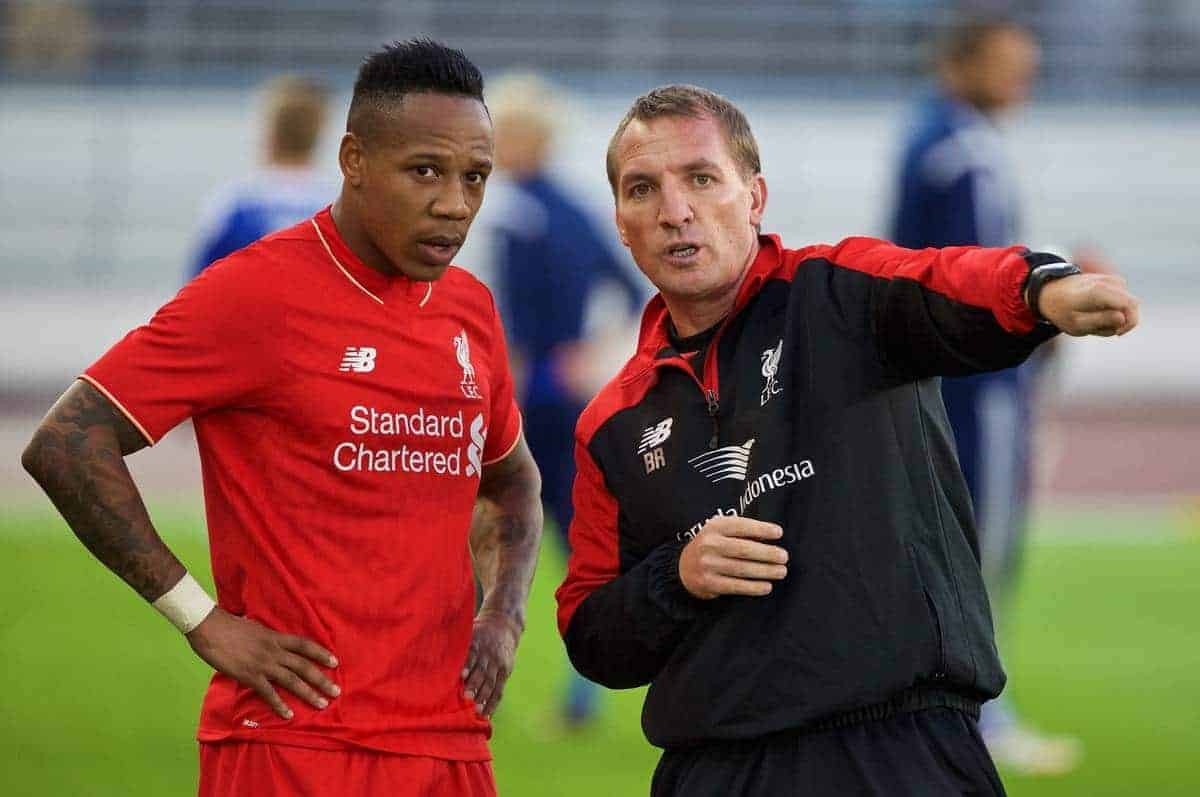
Rodgers’ experiment with on-loan Atletico Madrid right-back Javier Manquillo stuttered throughout 2014/15.
Through no fault of his own, the young Spaniard dropped out of Rodgers’ first-team plans completely towards the turn of the year, with the manager seemingly unaware of his sensibilities upon signing him.
Manquillo is a throwback: a defence-first full-back perhaps more at home in the Premier League under the tutelage of rigid-back-four advocate Tony Pulis.
Rodgers had two unbalanced options at right-back last season, but the £12 million signing of Nathaniel Clyne has bridged the gap between Manquillo and Glen Johnson.
Clyne possesses the defensive strength of Manquillo, averaging three successful tackles per 90 minutes—the joint-most of any Liverpool defender—and being beaten by his man just 0.3 times on average, fewer than any other of Rodgers’ defensive options.
He can read the game well and has proven surprisingly strong in the air.
But he also attacks with the verve of Johnson in his pomp, with his intelligent overlapping runs and accurate crosses providing Liverpool with an invaluable option going forward.
Clyne is a complete full-back, and a bargain signing at £12 million. His tenacity has boosted Liverpool’s defensive fortunes immeasurably.
Joe Gomez as a More Defensive Left-Back
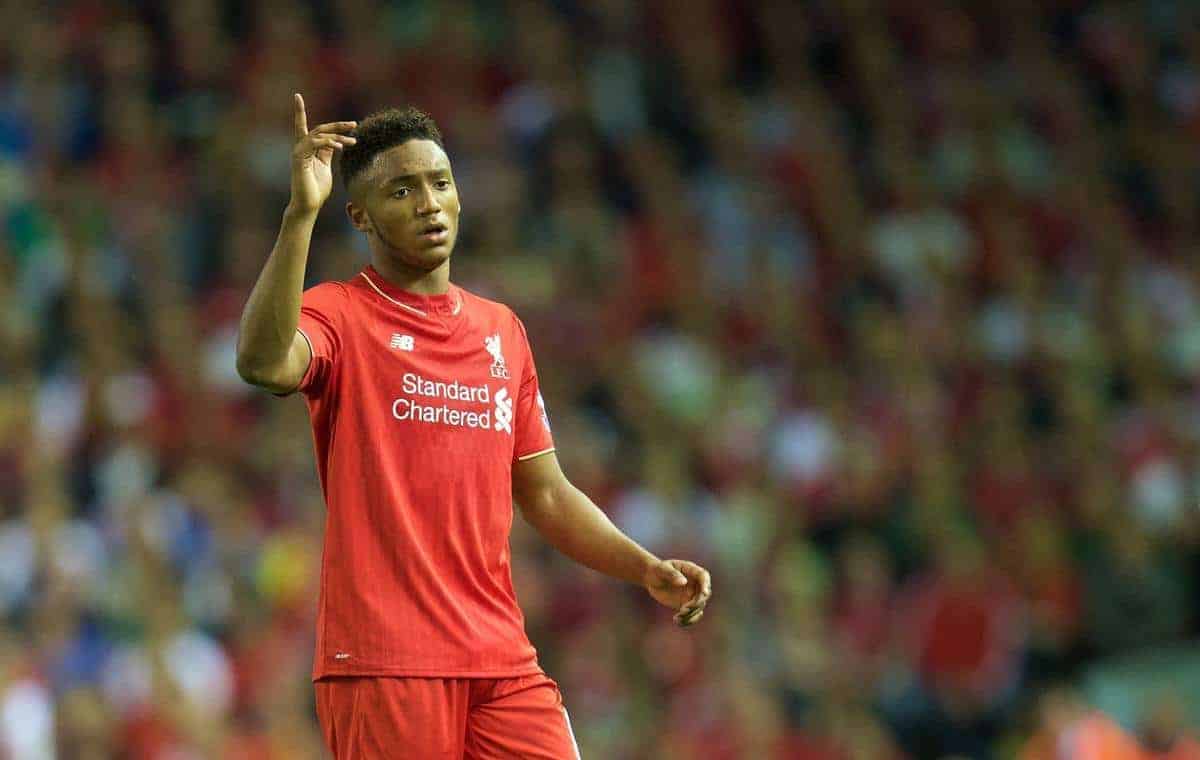
Liverpool supporters and their rivals alike spent much of the 2013/14 campaign waiting for Jon Flanagan to be exposed out of position at left-back.
But that time never came.
Flanagan limited himself to pure defensive work in his unnatural, left-sided role, with his strength in the tackle and simple passing game allowing Liverpool’s more progressive options to build towards attack.
He was an invaluable safety net in an unexpected title charge, giving Rodgers a useful balance in defence that will have in some way informed his switch to a three-man back line last season.
This term, Joe Gomez is performing a similar role—and excelling.
Gomez was signed as a high-potential 18-year-old centre-back capable of deputising at right-back, with just 21 Championship appearances worth of experience to his name.
Ousting Alberto Moreno as Rodgers’ first-choice left-back came as a complete surprise during pre-season, but given Gomez’s role as an inverted full-back in a successful defence so far this season, there is method to the manager’s madness.
When Clyne bursts forward, Gomez drops into a three-man defence with Skrtel and Lovren, keeping composure and ensuring Liverpool maintain defensive stability; Clyne’s defensive ability offers symmetry whenever Gomez supports Philippe Coutinho on the left flank, too, but with less frequency.
Gomez is performing the Flanagan role this season, and it seems to be paying off.
No Steven Gerrard in Midfield
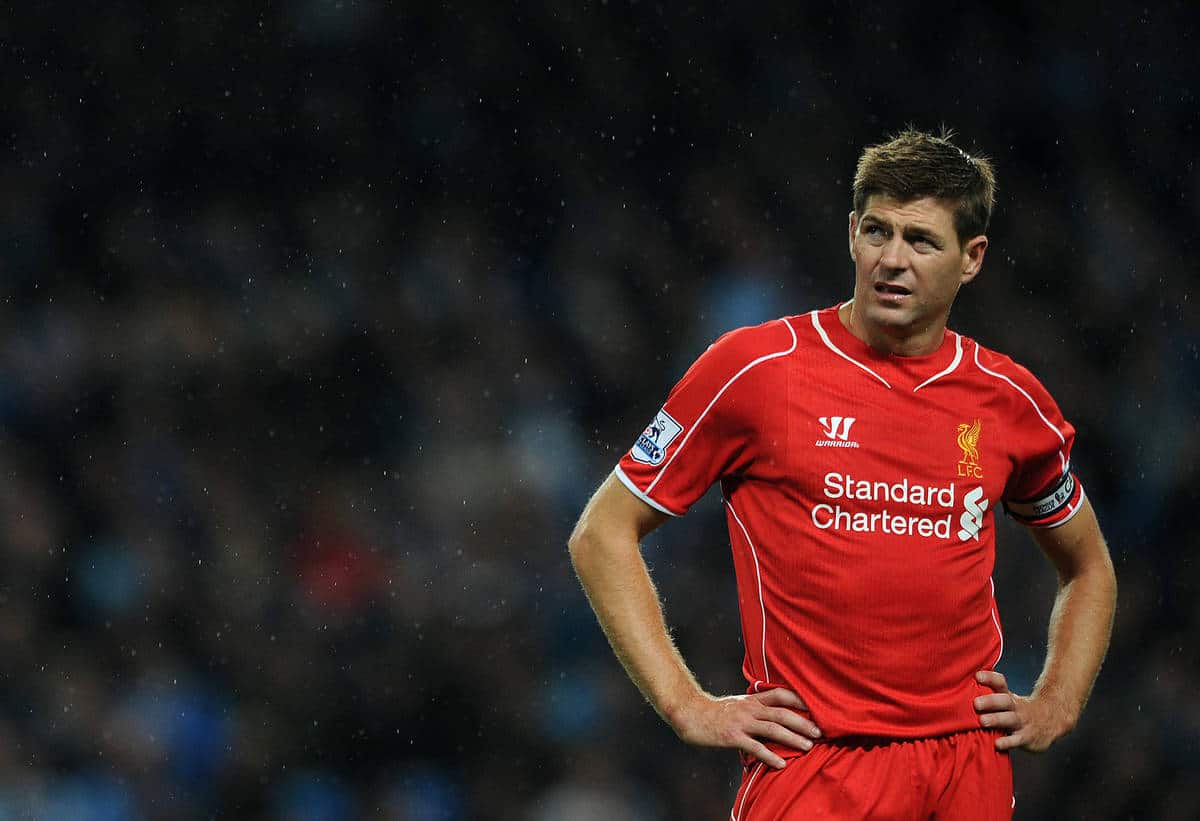
Last season was a step too far for Steven Gerrard.
Moving to the LA Galaxy this summer has given the Reds legend a new lease of life, and Gerrard seems to be enjoying his football again. While it may have been a wrench to see the former captain go, this was the right move for both parties.
Gerrard’s role in 2014/15 was a confused one. Was he the deep-lying playmaker of 2013/14’s title challenge, or the goalscoring No. 10 of 2008/09?
In reality, he floundered somewhere in between.
Rodgers rather mercilessly persisted with Gerrard as Liverpool’s defensive midfielder for much of last season, and his diminishing vitality offered the back four little protection.
His evisceration at the hands of Stewart Downing, Charlie Adam and Jason Puncheon—three decidedly ordinary attacking midfielders—should have been enough evidence for the manager that his captain was uncomfortable performing these defensive duties.
Without Gerrard this season, Liverpool look to have more balance in midfield—and Jordan Henderson, James Milner, Emre Can and Lucas Leiva have all offered the back line more support.
Gerrard’s departure was for the best, with Liverpool’s structure much healthier without him.
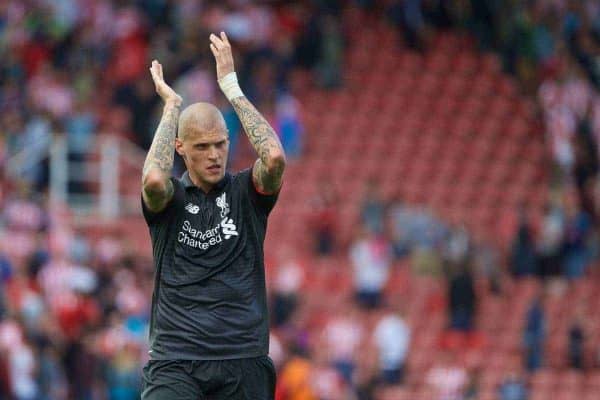

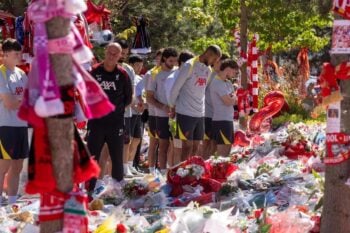
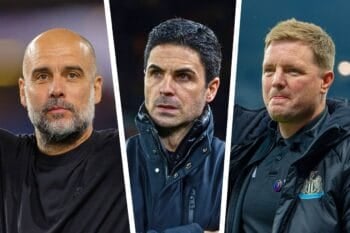


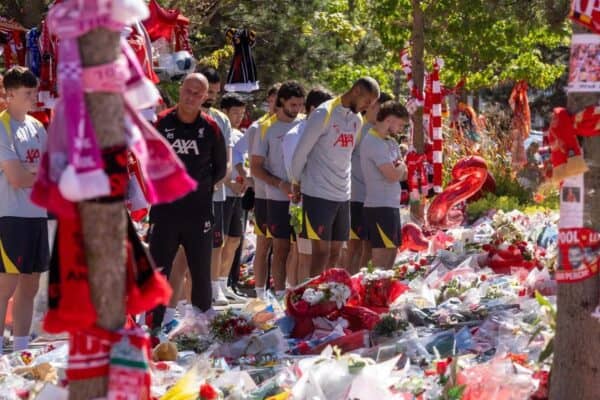
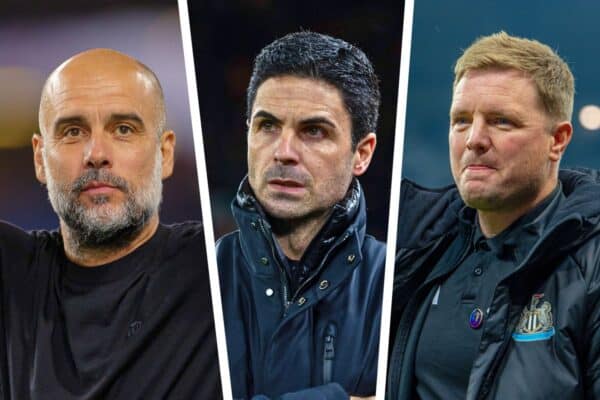









Fan Comments